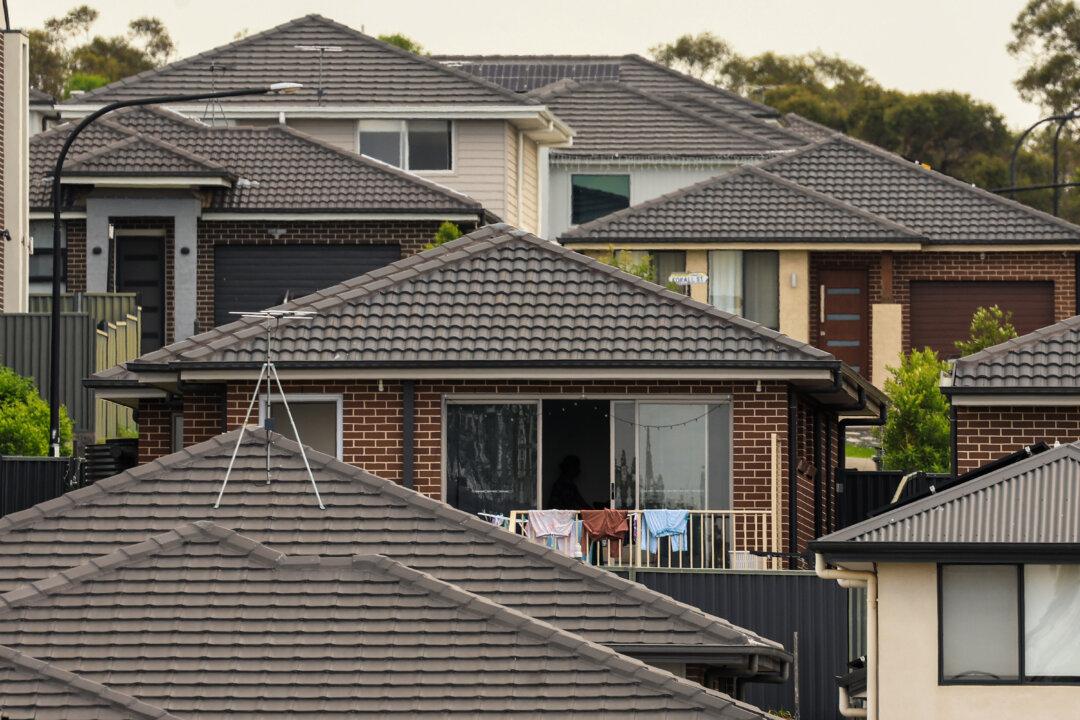Feral horses pose an immediate extinction risk to native species in the Australian Alps and New South Wales (NSW) should allow them to be shot from the air, an inquiry has found.
Australia’s high country has long suffered the effects of feral horses and a federal parliamentary inquiry says there’s an urgent need to slash the 25,000 that run through the sensitive region.
It is estimated Kosciuszko National Park is home to 19,000 feral horses but the NSW government doesn’t allow aerial culling, which takes place in Victoria as well as the ACT where they have been wiped out.
The inquiry said things must change in NSW, and the state government must add aerial shooting as a method of control.
It said NSW had provided protection for feral horses, resulting in an exponential population boom, while limiting the ability of the NSW Parks and Wildlife Service to manage the pest.
“It has been made clear that if feral horse populations are not urgently managed, there is a real risk of losing this unique landscape and the native species that call it home,” the committee found.
“Feral horses could be the final factor in the extinction of several Australian native plants and animals.”
The inquiry made 14 recommendations including a greater leadership role for the federal government and more federal funds for control efforts.
It also called for a national threat abatement plan and an urgent assessment of all threatened species, such as the critically endangered stocky galaxias, a fish, and the southern corroboree frog.
Federal environment laws should also list habitat degradation, competition and disease transmission by feral horses as key threatening processes.
The Invasive Species Council said the political mood had clearly shifted and was now in line with the science.
“Australians have become better-informed about the damage feral horses are doing to the high country,” advocacy manager Jack Gough said.
“No one likes to see animals killed.
“But the sad reality is that we have a choice to make between urgently reducing the numbers of feral horses or accepting the destruction of sensitive alpine ecosystems and habitats, and the decline and extinction of native animals.”
Richard Swain is a Snowy River tour guide and an Indigenous ambassador for the council, and is relieved there might finally be some action in NSW.
“The springs where the Murray and Murrumbidgee rivers are born have been desecrated by hard hooves. These iconic rivers don’t get one millimetre out of the ground before they’re trampled,” Mr. Swain said.
“It is shameful that aerial shooting, the most humane and effective control method for removing feral animals, has not been available for control of feral horses.”
The federal government has set a target of no new extinctions and has identified the Australian Alps as one of 20 priority places under its Threatened Species Action Plan.
Over the course of the inquiry, the NSW government said it would begin public consultation on allowing aerial shooting to meet a commitment to cut the Kosciuszko population to 3000 by mid-2027.
Last year the park’s population was estimated at 19,000.
“I welcome the findings of the Senate inquiry that confirm the concerns NSW has about the impact of wild horses on the Kosciuszko National Park,” the state’s Environment Minister Penny Sharpe said, without elaborating further on the inquiry’s findings.







